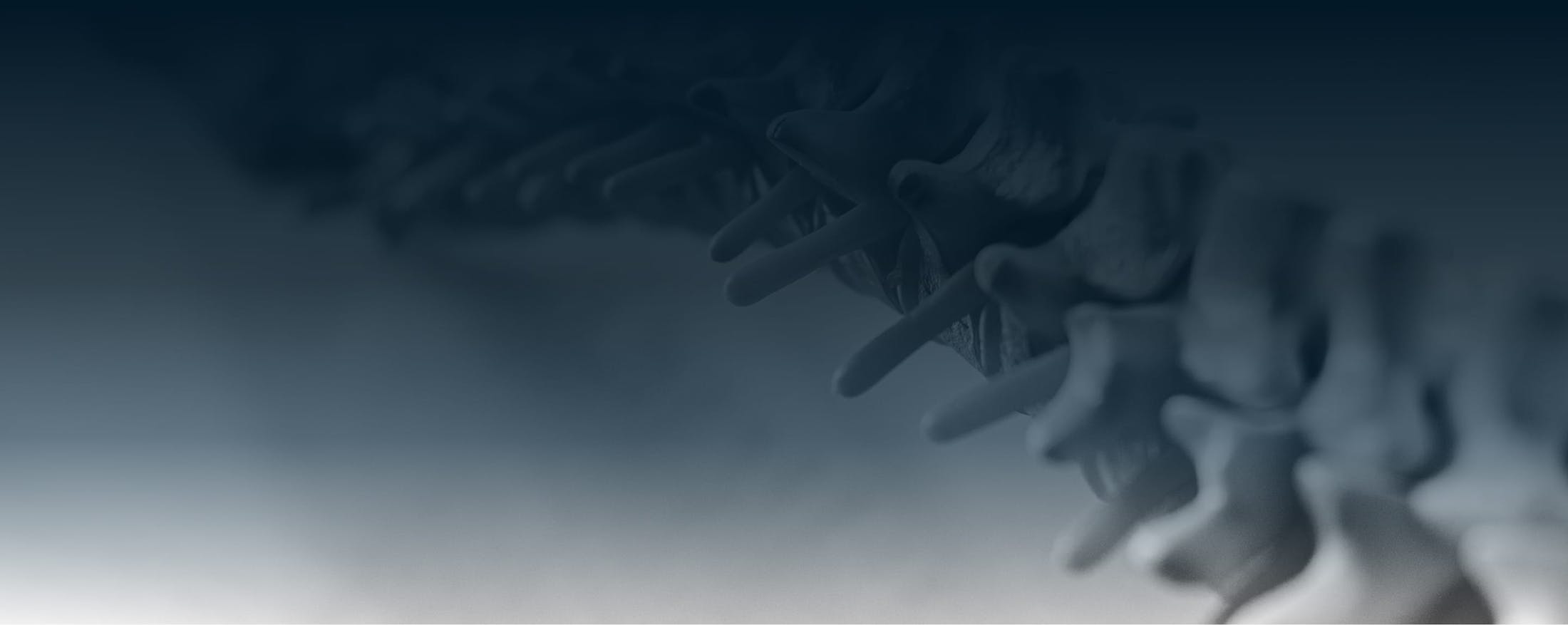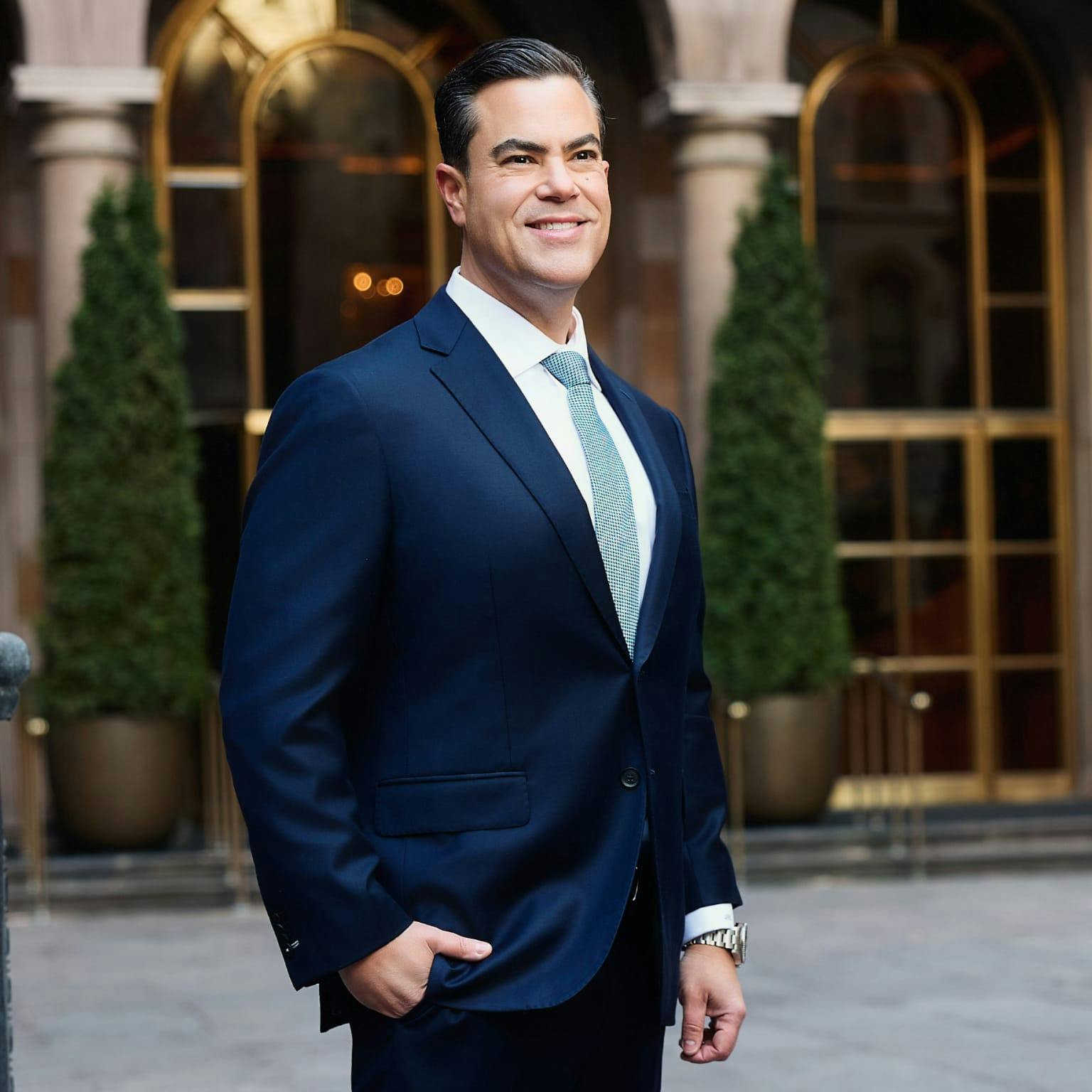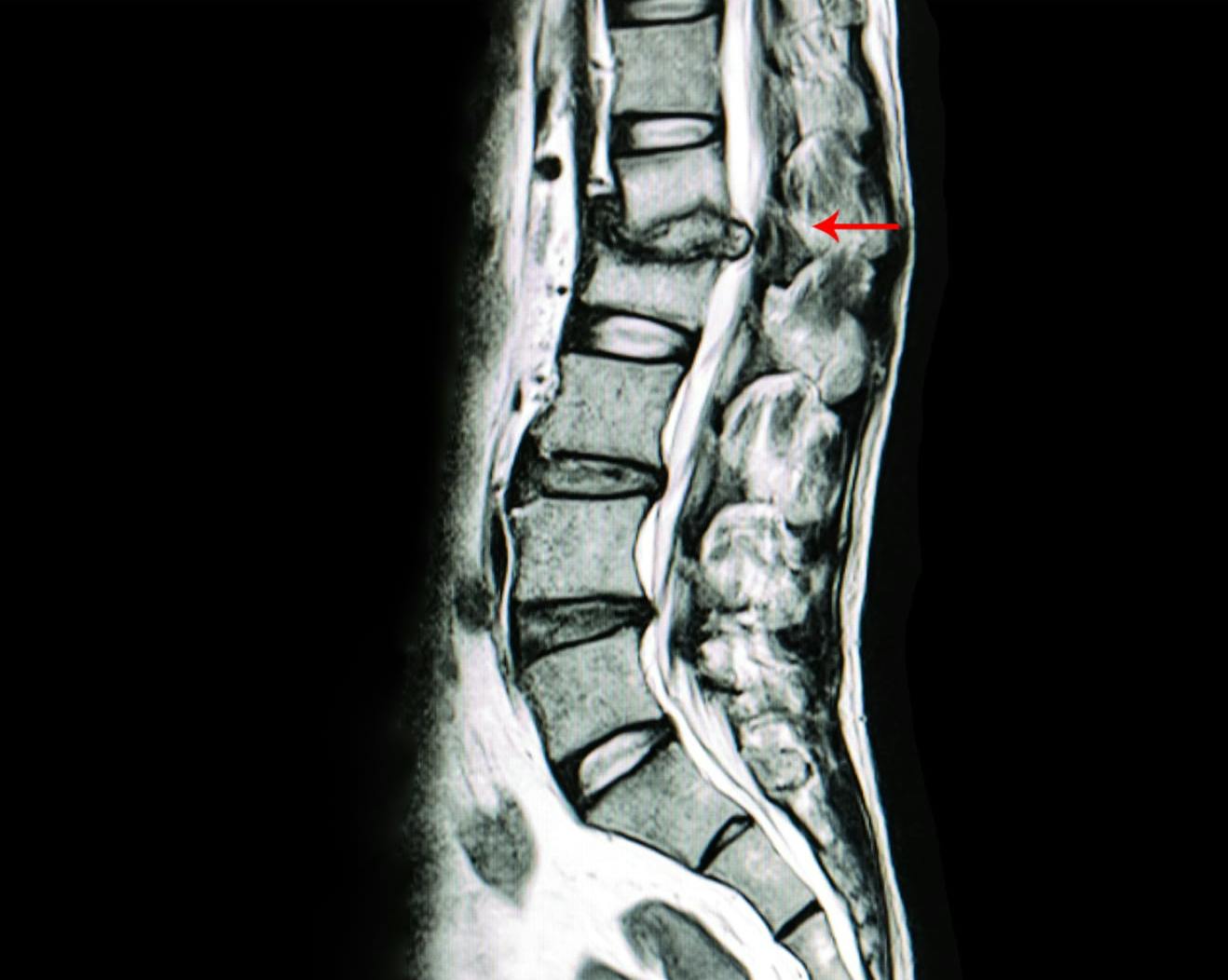Find effective relief from narrowing of the spinal canal at our Englewood location.
Spinal Stenosis Frequently Asked Questions
What are common symptoms of spinal stenosis?
They often include pain in the back or neck, numbness or tingling in the limbs, weakness, or difficulty with balance and walking.
How is spinal stenosis diagnosed?
It involves a physical exam, review of medical history, and imaging tests like X-rays, CT scans, or MRIs.
What causes spinal stenosis?
It typically stems from degenerative changes, but herniated discs, arthritis, and trauma can also contribute.
Is this condition progressive?
It can worsen over time if left unaddressed. Early intervention may slow or halt advancement.
How is spinal stenosis treated?
Physical therapy, pain management, and anti-inflammatory medications can often relieve symptoms. Surgical procedures, including decompression or fusion, may help in severe cases.


Why Choose Dr. Stieber for Spinal Stenosis Care in New Jersey?
Dr. Jonathan Stieber is a board-certified, fellowship-trained orthopedic spine surgeon with more than 18 years of focused experience. As Director of the Spine Center at OrthoManhattan and an Associate Professor of Orthopedic Surgery, Dr. Stieber offers an elevated level of skill and dedication. Recognized by institutions such as New York Magazine and Castle Connolly, he blends advanced techniques with patient-centered care to provide targeted relief from spinal stenosis.
We encourage you to reach out today to learn more about your treatment options and begin your path toward comfort and improved mobility.




